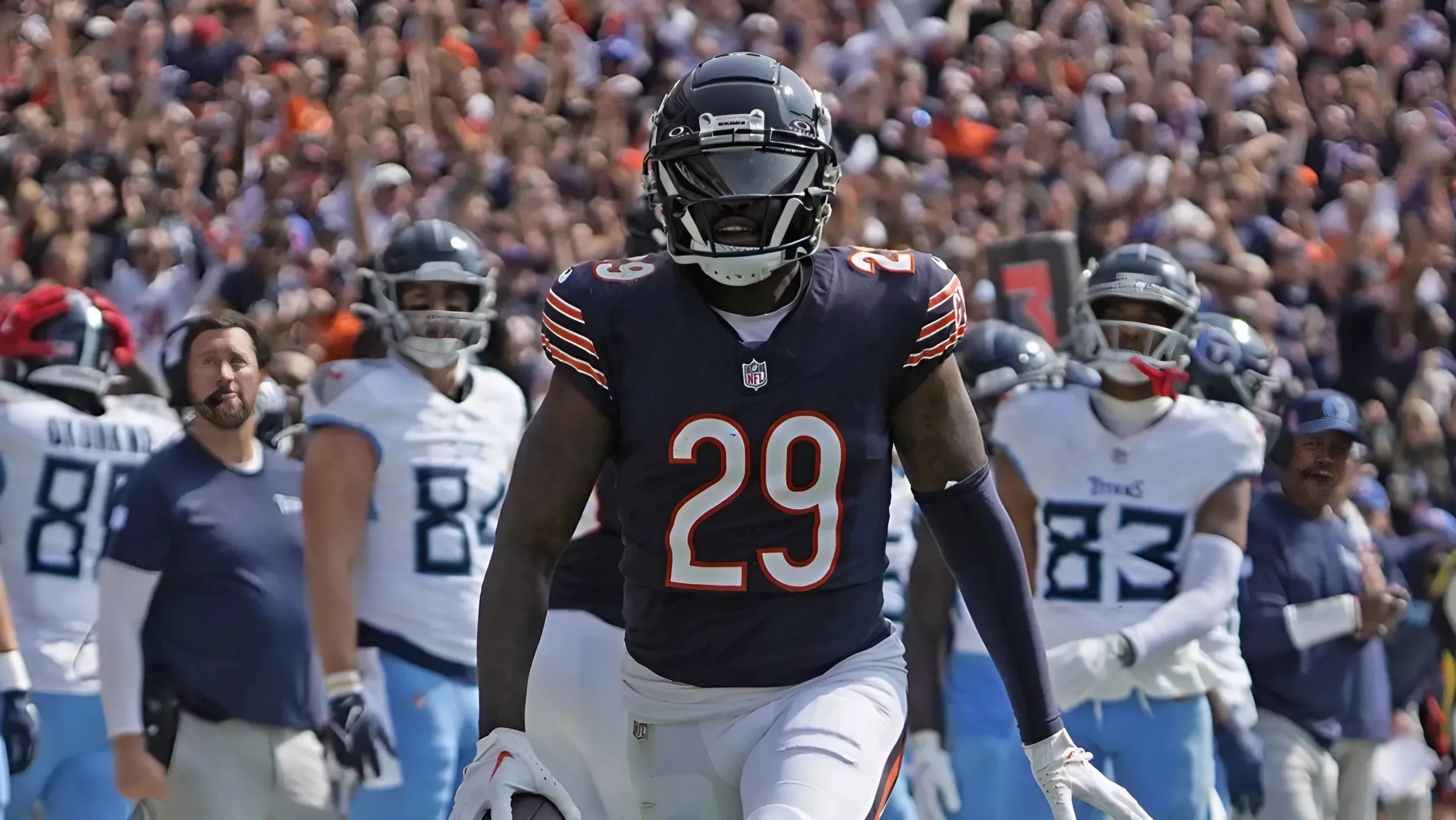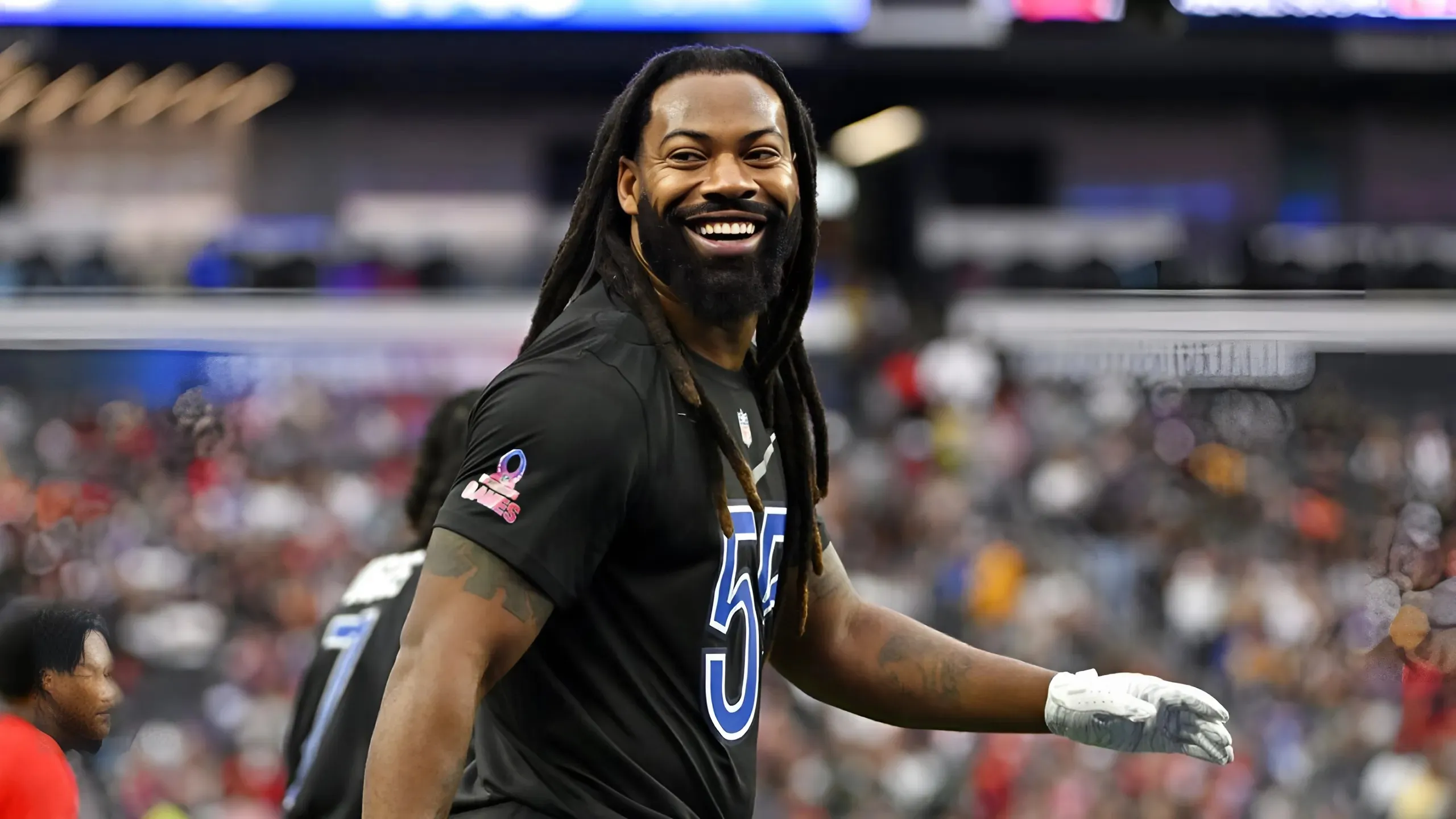We’re not a particularly argumentative bunch here at CanucksArmy, and we’re not usually in the refuting and rebutting business. But when an opportunity comes up to counter one of our own arguments, we have a hard time passing it up.
Don’t consider this a flip-flop, but instead a look at the other side of the coin.
In any case, earlier this week, we discussed the notion that GM Patrik Allvin and the Vancouver Canucks were likely doing their shopping early, so to speak. By that, we meant that Allvin was already working the phones hard in an attempt to provide the Canucks’ blueline with what appear to be some necessary upgrades.
We based that notion on a few things, including Allvin’s own history as a general manager, the limited amount of quality defenders projected to be available in-season, and some bits of speculation from Frank Seravalli and other media types.
And we’re not really here today to go too sharply in the other direction. There’s little doubt that the part about Allvin currently working the phones is true, at least to some extent. It is, after all, one of his jobs as GM, and Allvin has proven to be a particularly active GM. Calls have very likely been made already and will continue to be.
But just checking out the possibilities of making a trade sooner rather than later does not necessarily translate into a true desire or need to make a trade sooner rather than later. We definitely don’t think there’s any desperation in Allvin’s actions right now.
In fact, the more we think about it, the more reasons we see for Allvin to delay his hunt for blueline upgrades to a later time in the 2024/25 season.
The most obvious reason would be the Canucks’ current on-ice performance. On the one hand, the Canucks haven’t been outright awful. As of this Sunday morning writing, they’re technically in a playoff position, just barely hanging onto the final wildcard spot in the West through a tiebreaker. But most would agree that the Canucks have yet to play like the contentious team folks hoped they would be.
There’s, perhaps, a thought to wait and see if the Canucks can pull themselves together a little bit more before more investment is made in this year’s roster.
But a less-than-stellar start is not the only reason Allvin might delay his acquisitions.
Another, which we’ve covered pretty thoroughly on this site, is cap accrual.
We’ve told you several times over about how each time the Canucks send Arshdeep Bains and Erik Brännström down to Abbotsford for a day, they accrue roughly $9000 in extra cap space. That amount adds up over time, and the overall goal of this accrual is to eventually have enough accrued space to be able to add to the roster without taking away from it. Unfortunately, that takes time – a lot of time at a rate of $9,000 a day. When healthier, the Canucks will aim to accrue even more than that each day, but it will still take until the new year, and probably longer, before they have a usable amount.
(UPDATE: With Dakota Joshua ready to return and Nils Aman now waived, that process has already begun.)
That right there is a pretty clear impetus to be patient on trades. They become easier to make the longer the 2024/25 season winds on. A balance will need to be struck between this financial factor and the market reality of a dwindling amount of available defenders.
Speaking of Erik Brännström, he might also be a reason why the Canucks might wait on seeking out a puck-moving defender. Or, put differently, why they might want to wait and see if they don’t already have a quality PMD on hand.
By many measures, Brännström has been a real success in Vancouver. Through six games and 80+ minutes of 5-on-5 ice time, he’s been on the ice for five goals for and just two against. He’s rocking a 54.19% Corsi rating, a 59.26% control of shots, a 60.10% rate of expected goals for, and an enormous 62.86% control of high-danger chances, specifically.
That doesn’t sound like the defensively-suspect individual that the Canucks believed they were acquiring from Colorado.
Best of all, Brännström has done all this while definitely doing what he was advertised as being able to do, which is move the puck effectively.
But here’s the thing: Brännström has been heavily, heavily sheltered in those 80+ minutes. He’s started more than 71% of his shifts in the offensive zone. He’s got a quality of competition chart so far below league average that it looks a little silly, visually.

From HockeyViz.com
This is not to say that Brännström couldn’t continue to do great things in a less-sheltered situation – just that we don’t know whether he can or cannot as of yet.
And that’s important to know, is because the closer the team gets to the postseason, the harder it becomes to really shelter a defender’s minutes. Eventually, Brännström is going to either have to play more challenging minutes or be discarded for a PMD who can.
But, eventually, is not now. So long as there’s no immediate desperation to solve this issue, the Canucks can theoretically afford to, slowly but surely, build up Brännström’s on-ice responsibilities – helped along the way by some intensive and dedicated coaching.
If, in the end, Brännström isn’t capable of stepping up into the full-time puck-moving role that the Canucks need of him, there’s no harm. But at that point, the Canucks can really start looking for a new PMD on the trade market.
On the topic of that trade market, we’ll also note here that, while we assume the market for available defenders will only shrink between now and the Trade Deadline as players are either dealt elsewhere or re-signed, there’s also the possibility that the market grows. Teams will fall out of playoff contention, extension negotiations will fall apart, veterans will get surpassed by youth movements. There’s always the chance that waiting yields more options, not fewer, so long as one doesn’t wait too long.
There’s one more stop on our tour of ‘reasons why Allvin might wait to acquire a D,’ and it’s another internal bit of reasoning.
The Canucks do have a handful of puck-moving blueline prospects to consider. Sawyer Mynio, for instance, drew a lot of praise from Rick Tocchet during Training Camp and is now in line to make Team Canada for the 2025 World Juniors. Kirill Kudryavtsev has looked good in the early doing for Abbotsford.
But we all know there’s only one prospect in the pipeline who offers anything close to a potential ‘solution’ for the Canucks’ blueline woes, and that’s Tom Willander.
The good news is that Willander is having one heck of a start to his sophomore season at Boston University. He’s playing top-pairing minutes and putting up PPG (point per game) stats, but more importantly, he appears to have taken another big step forward in his overall development.
That puts Willander on track to make his sophomore season his last and to join the Canucks officially at the conclusion of Boston U’s run this year.
Whether that translates to Willander, signing a contract in March and getting some regular-season actio remains to be determined. And we’re not here to suggest that Willander is going to step right into the NHL from the NCAA and start making a difference right away. Counting on Willander to not just play in the NHL playoffs this year but to play effectively enough in them so as not to necessitate trading for another D is probably a bridge too far. Or a pipe dream, at the very least.
But Willander’s progress will still need to be watched carefully this season because the possibility of him being ready to roll as of 2025/26 seems strong. And if he’s ready to start being a part of the solution that soon, that should change the sort of defenders that Allvin and Co. are looking to add in 2024/25.
Scouting Willander closely, and liking what they see, could be the difference between the Canucks adding a blueliner with term or seeking out a rental. But that’s a decision that will take time, and so the more opportunities that the front office has to view Willander before making any trades, the better.
All in all, we think there’s ample reason here to believe that that big defensive trade might not materialize anytime soon. On the other hand, we have acknowledged that Allvin is probably still working the phones all the same, and if the right offer comes along, he’ll probably take it regardless of the timing.
We’re not saying that Allvin isn’t open to making a trade right now. We’re saying he’s probably not feeling especially pressured to make a trade right now. And that’s probably a positive in the grand scheme of things and maybe one more overarching reason for a patient approach.



